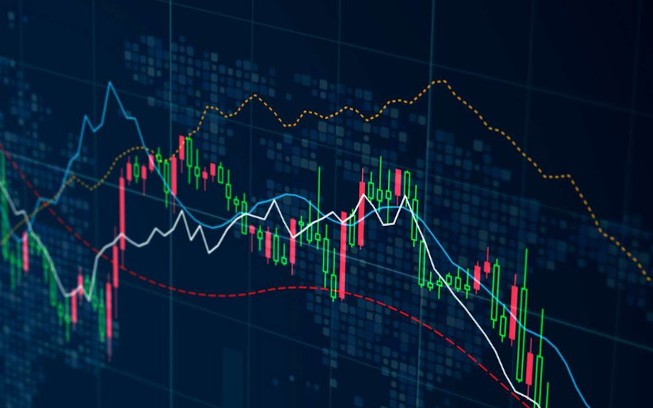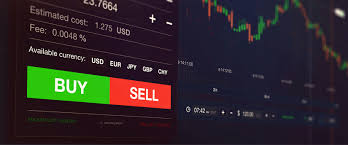
Your Ultimate Guide to Forex Trading: Strategies, Tools, and Tips
Forex trading, short for foreign exchange trading, is one of the largest and most liquid financial markets in the world. Every day, trillions of dollars exchange hands as traders speculate on changes in currency values. To achieve success in this dynamic environment, traders must arm themselves with knowledge and tools. As we navigate through this guide, we’ll explore various aspects of trading forex, including strategies, tools, and essential tips that can greatly enhance your trading performance. To ensure you have a reliable partner in your journey, consider joining a platform with a reputable trading forex Trading Broker ID.
Understanding Forex Trading
Forex trading involves buying one currency while simultaneously selling another. The currencies are traded in pairs, with each currency assigned a value relative to the other. For example, in the EUR/USD pair, the Euro is the base currency, and the US Dollar is the quote currency. The market operates 24 hours a day, five days a week, allowing traders to react to market movements from anywhere in the world.
The Structure of the Forex Market
The forex market is decentralized, meaning there is no central exchange. Instead, trading occurs over-the-counter (OTC) through a network of banks, brokers, and financial institutions. This decentralized structure allows for greater market efficiency and liquidity but also requires traders to be discerning when choosing their trading partners.
Essential Forex Trading Strategies
Success in forex trading often depends on the strategy employed. Below are some of the most effective trading strategies that can help you achieve your trading goals.
1. Scalping
Scalping is a short-term trading strategy that involves making dozens of trades per day to profit from small price movements. Scalpers aim to capitalize on small fluctuations in currency pairs. This method requires a strict exit strategy and quick decision-making skills, as positions are typically held for just a few seconds to a few minutes.
2. Day Trading
Day trading involves buying and selling currency pairs within the same trading day. This strategy prevents overnight exposure to currency fluctuations and allows traders to close all positions by the end of the trading session. Day traders typically rely on technical analysis and market news to gauge price movements.
3. Swing Trading
Swing trading focuses on capturing short- to medium-term price moves. Traders using this strategy will typically hold positions for several days or even weeks. Swing traders usually examine charts for patterns and employ technical indicators to inform their trades, allowing them to ride trends while minimizing risk.

4. Position Trading
Position trading is a long-term strategy that involves holding trades for an extended period, ranging from weeks to months. This strategy is based on fundamental analysis, where traders consider economic indicators, interest rates, and geopolitical events when selecting trades.
Key Tools for Forex Traders
To enhance your trading experience, leveraging the right tools is vital. Some essential tools that forex traders should consider include:
1. Trading Platforms
A robust trading platform is indispensable for forex traders. Platforms like MetaTrader 4/5 offer user-friendly interfaces, advanced charting features, and customizable tools to support various trading strategies.
2. Economic Calendar
Staying updated on economic news releases is crucial, as they can significantly impact currency prices. An economic calendar helps traders track critical events, such as interest rate announcements and employment reports, allowing them to make informed trading decisions.
3. Technical Analysis Tools
Technical analysis tools, such as Fibonacci retracement and moving averages, can help traders identify trends and potential reversal points. By analyzing historical price data, traders can better predict future movements.
Developing a Successful Trading Plan
A well-defined trading plan is a cornerstone of successful forex trading. Your trading plan should include the following components:
1. Risk Management Strategies
Effective risk management is vital to protect your capital. Determine how much of your account you are willing to risk on each trade, and employ techniques such as stop-loss orders to limit potential losses.

2. Trading Goals
Define both your short-term and long-term trading goals. This will help you measure your success and provide motivation to stick with your plan.
3. Performance Evaluation
Regularly review your trades to identify strengths and weaknesses. This will allow you to refine your trading strategy over time and improve your overall performance.
Common Mistakes to Avoid in Forex Trading
Even the most seasoned traders fall victim to mistakes. Here are some common pitfalls to avoid:
1. Lack of a Trading Plan
Trading without a plan can lead to impulsive decisions and losses. Always have a clear strategy in place before entering the market.
2. Over-leveraging
While leverage can amplify profits, it can equally amplify losses. Use leverage judiciously to avoid risking more than you can afford to lose.
3. Ignoring Market Analysis
Failing to conduct proper analysis can result in poor trading decisions. Stay informed about market trends and economic indicators to make educated choices.
Conclusion
Forex trading offers exciting opportunities for individuals willing to invest time and resources into understanding the market. With the right strategies, tools, and mindset, you can join the ranks of successful traders. Remember to always stay informed, continuously refine your skills, and maintain disciplined trading practices. With persistence and dedication, the forex market can yield substantial rewards.